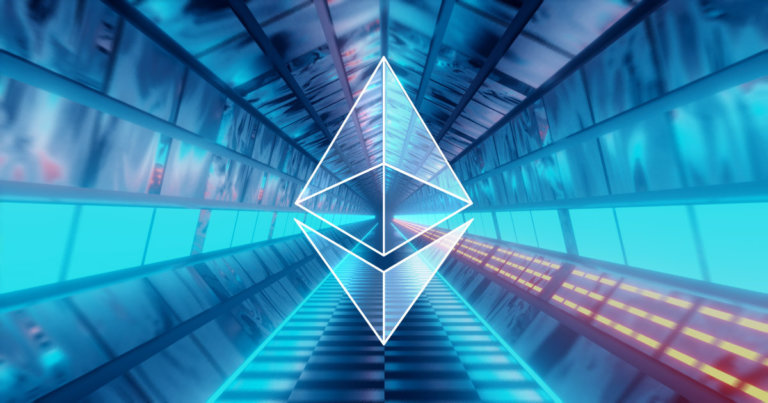 Ethereum’s much-awaited EIP-1559 gets deployed on Ropsen testnet
Ethereum’s much-awaited EIP-1559 gets deployed on Ropsen testnet Ethereum’s much-awaited EIP-1559 gets deployed on Ropsen testnet
Ethereum's London hardfork includes the controversial Ethereum Improvement Proposal 1559.

Cover art/illustration via CryptoSlate. Image includes combined content which may include AI-generated content.
As announced by Ethereum (ETH) core developer Tim Beiko, the London hardfork upgrade was successfully activated on the Ropsten test network.
Following the last Berlin upgrade, Ethereum’s London hardfork is anticipated to solve the network’s congestion and high transaction fee issues, which raised concerns and criticism regarding its scalability and performance.
We have a block!
“We have a block! Took a bit longer than expected, but London is live on Ropsten,” said Beiko, adding he is “pretty stoked to have sent the first 1559-style transaction included on a public Ethereum network *ever*.”
We have a block! Took a bit longer than expected, but London is live on Ropsten ?https://t.co/wM2xepis0y
— Tim Beiko | timbeiko.eth ?? (@TimBeiko) June 24, 2021
Beiko noted that blocks were a bit slow at first, due to the lack of miners upgrading:
“Because mining is altruistic on Ropsten (block rewards are worthless), it can be hard to get folks to upgrade in a timely fashion.”
Following Ropsten, on June 30, the update will be implemented on the Goerli test network and finally Rinkeby will upgrade on July 7.
Controversial EIP-1559
London hardfork is one of the latest network upgrades proceeding the migration of Ethereum (ETH) towards Ethereum 2.0 and implements the Ethereum Improvement Proposal (EIP) 1559:
“The proposal in this EIP is to start with a base fee amount which is adjusted up and down by the protocol based on how congested the network is. When the network exceeds the target per-block gas usage, the base fee increases slightly and when capacity is below the target, it decreases slightly. Because these base fee changes are constrained, the maximum difference in base fee from block to block is predictable.”
Historically, Ethereum priced transaction fees using the ‘first price auction’ model and in order to tackle major inefficiencies, the controversial improvement initiates a dynamic fee structure and periodical fee burnings.
Watching EIP1559 burn ETH on Ropsten. 800 ETH burned since it activated yesterday. Very soothing. pic.twitter.com/NrnE3iUvfR
— ∞ CO฿IE (@CryptoCobain) June 24, 2021
The new fee system means the miners only get to keep the priority fee, with the base fee always being burned (destroyed by the protocol), while ensuring only ETH is used to pay for transactions on Ethereum, cementing its economic value within the platform.
This will largely reduce miner extractable value risks and counterbalance Ethereum inflation.
A major day for Ethereum, as it takes another big leap from its Proof-of-Work (PoW) to Proof-of-Stake (PoS) consensus mechanism.

























































